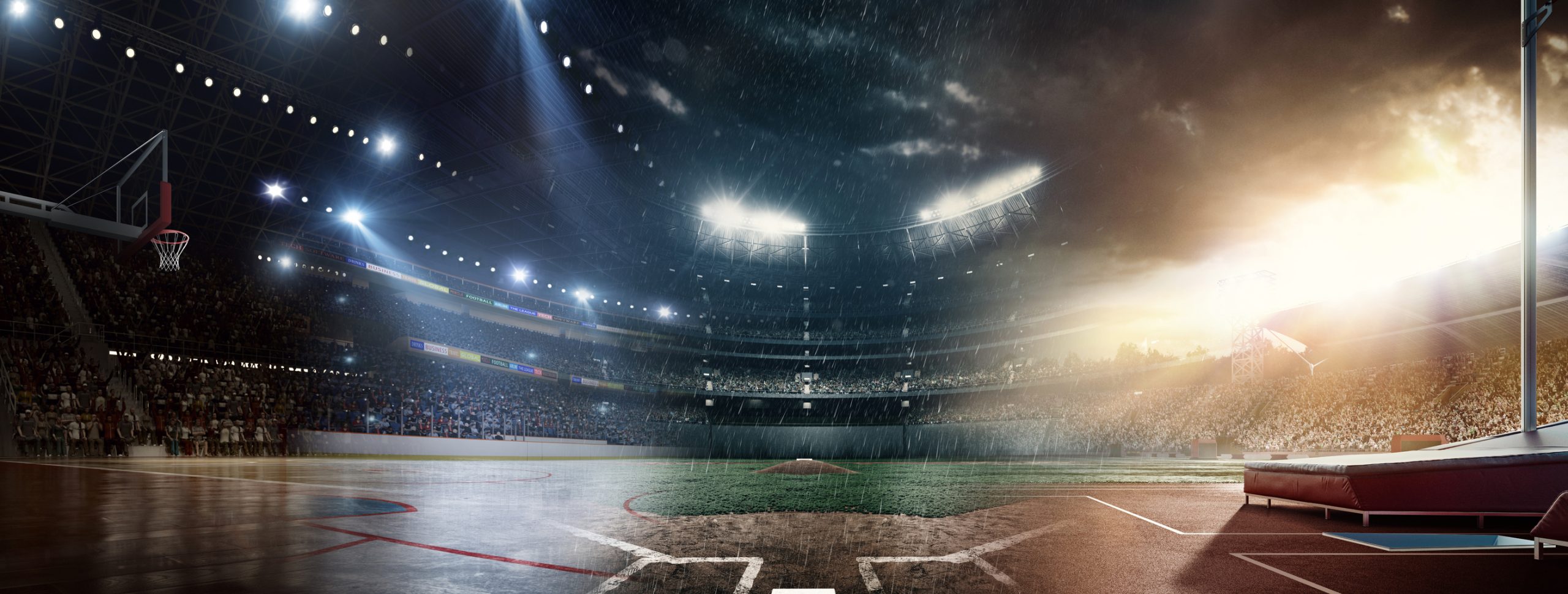
While the use of metal halide lights to illuminate sports venues has been the norm for decades, sports lighting solutions are beginning to embrace commercial LED lighting for a host of reasons, ranging from its lower energy consumption to its ability to improve the quality of games and broadcasts.
At Illuminated Integration, we’ve seen how LED lighting and the latest technology associated with it is transforming how businesses and public venues think about lighting both their interior and exterior spaces. Nowhere does the promise and versatility of LED lighting hold more potential than in sports lighting.
The following are four features that LED lighting can grant in sports venues.
Energy Conservation
Large sports venues are, at their core, businesses that have substantial costs related to their operation and maintenance. That’s why stadium and facility managers should know that an LED system has the potential to halve the operating costs required by traditional lighting sources, helping them protect and bolster their venues’ revenue.
Since LED lights give off no heat and last longer, you wind up paying just for the light you need instead of for wasted energy and more replacement fixtures. For example, StubHub Center — home to the LA Galaxy of Major League Soccer — estimates that after switching to LED lighting, it uses only 40 percent of the total energy it previously took to light its playing field.
Sophisticated Controls and Lighting Effects
Unlike metal halide lights that take about a half hour to warm up, LED lights can be controlled centrally. At the flip of a switch, they can do everything from changing hue to adjusting intensity. Stadiums that employ LED lighting and advanced technology can save on costs by turning down some lights before and after games — and turning up all the lights for clear visuals when a game is underway.
In addition, color-changing LED lighting allows for some branding and production opportunities, which means that special effects like a halftime show in the home team’s colors can be activated instantly, as can game promotions for charities and special events.
Game Improvement
Shadows and under-lit corners can wreak havoc for players trying to gauge the speed of a ball or drivers trying to navigate a raceway’s turn. Fortunately, LED lighting is known for its ability to uniformly light up a space. The result is better playing and safety conditions for those competing, which means improved overall quality of the game.
Lighting for Broadcasting
If you’ve ever noticed a difference in the look of a game you watch on television compared to one you watch live, you’ll know it has a great deal to do with the fact that traditional stadium lighting was designed to capture the eye — not the camera.
Unfortunately, this design means that most stadiums still using metal halide lights aren’t equipped to handle the technological development of Ultra HD — nor the move to 4K and 8K broadcasting. But with LED lights that never flicker and that give off clear, crisp, focused light, both the human eye and the camera’s lens are equally pleased. Also, the use of a high CRI fixture means that color renders better than ever before which means that less work has to be done in color grading the broadcast.
Illuminated Integration provides full-service audio, visual and lighting (AVL) solutions for projects both large and small. To learn more about our LED lighting expertise — from concept to installation — fill out our contact form, and a member of our commercial lightning team will be happy to get in touch with you.